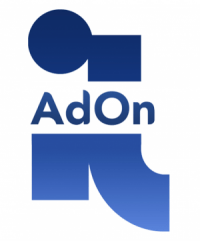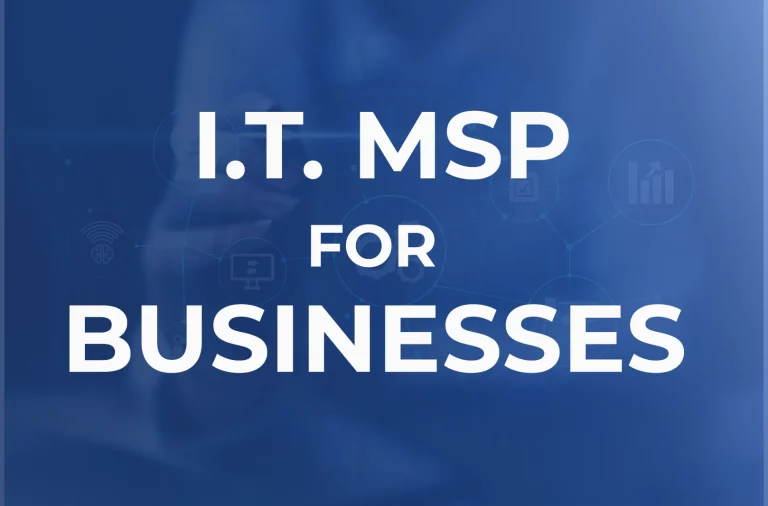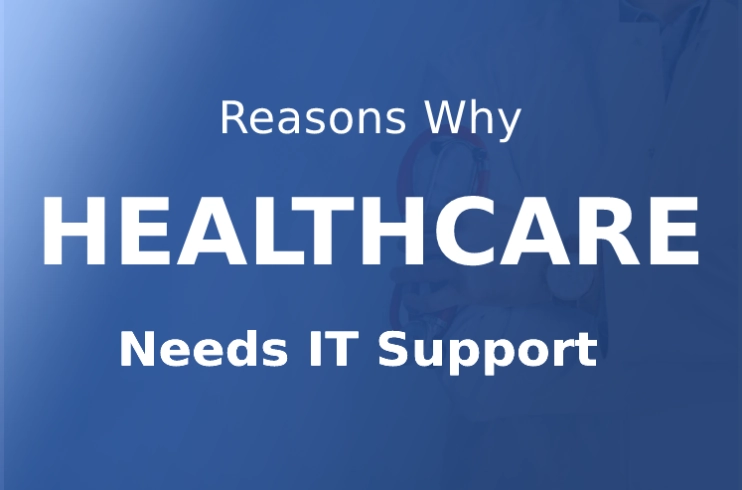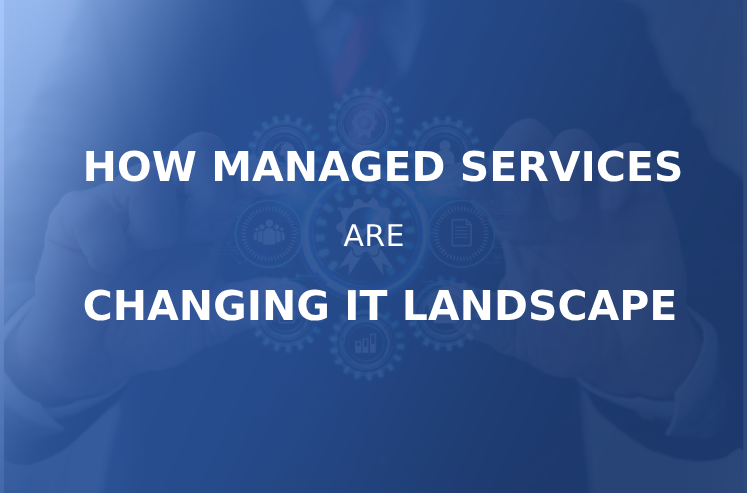Ralph Merkle a researcher and advocate of nanotechnology, believed that “nanotechnology can improve medical technology; making it more affordable and of better quality”. This way, it would be easier to treat common medical conditions and reduce human suffering.
As new technology is introduced, healthcare organizations must navigate new challenges and find ways to overcome them. In this article, we’ll explore some of the common IT issues faced by healthcare organizations and how to address them.
System Compatibility
System Compatibility is a significant challenge for Medical care IT. It’s crucial to ensure that different systems can communicate with each other and share data. However, achieving proper compatibility can be a daunting task as Medical care organizations often use different systems that don’t communicate with each other.
According to estimates provided by the Agency for Healthcare Research and Quality in the United States, at least two out of every three senior citizens in the country suffer from at least two chronic mental or physical disorders.
Around two-thirds of these services expenditure in the United States is used to provide care for people with chronic illnesses. Investing in technology can be the solution. This technology enables data sharing, such as healthcare information exchanges (HIEs) or application programming interfaces (APIs).
Data Privacy
Data security is another crucial area for patient care. Protecting patient data is of utmost importance, and healthcare organizations must comply with regulations like HIPAA to ensure that patient data is secure.
As Gary Kovacs, CEO of AVG Technologies has said, “Privacy is not an option, and it shouldn’t be the price we accept for just getting on the Internet.” This statement highlights the importance of protecting patient data in healthcare IT and the need for strong security measures to ensure that data breaches do not occur.
Data breaches can be detrimental, so implementing strong passwords, two-factor authentication, encryption, and regular security audits, and employee training on security protocols can go a long way.
Reliable IT Systems
Technical glitches can cause delays in patient care and disrupt the operations conducted. Dr. David Blumenthal, Former President, The Commonwealth Fund, stated in a 2010 report, “Ensuring the reliability, safety, and usability of IT is essential for achieving the benefits that technologies can bring to health care.
Medicalcare organizations need to implement robust processes for testing and monitoring their IT systems, and to ensure that they are using the most up-to-date hardware and software to minimize technical glitches and system downtime.” Therefore, regular maintenance and updates, testing systems regularly, and investing in reliable hardware and software can minimize technical glitches.
Human Error
User error can lead to costly mistakes in patient care. According to a study by Liang in 2018, user error in treatment can result in adverse events and patient harm.
To minimize these errors, IT organizations should provide adequate training and support to medical care, implement user-friendly software and systems, and develop protocols for handling errors. By ensuring that IT organizations are well-trained and well-supported, healthcare organizations can help minimize errors caused by user inexperience or lack of knowledge.
By implementing user-friendly software and systems, Medical organizations can reduce the likelihood of mistakes caused by confusing or complicated interfaces. Finally, by developing protocols for handling errors, Wellness care organizations can minimize the impact of errors that do occur, and work to prevent similar mistakes from happening in the future.
Integrating Medical Devices and Software
A Research from Raza in 2020 shows that integrating medical devices with software systems is essential for ensuring that patient data is accurate and up-to-date.
“Integrating medical devices with software systems is essential for ensuring that patient data is accurate and up-to-date. Wellness care organizations can work with medical device manufacturers to ensure that devices can be integrated with software systems and invest in technology that supports device integration”.
Wellness care organizations can work with the manufacturers of medical devices to ensure that these devices are compatible with the software systems used by the organization. By doing so, the devices can easily transfer data and information to the software, making tracking and monitoring patient health easier. Investing in technology that supports device integration can also help organizations to achieve this goal. This can lead to more efficient and effective medical care, as well as better patient outcomes.
Importance of HIPAA Compliance
Maintaining compliance with regulations such as HIPAA is crucial to protect patient data and avoid costly fines and penalties. Implementing strict security policies and procedures, conducting regular security audits, and ensuring that employees are trained on security protocols can help wellness care organizations stay compliant.
According to a report by the Ponemon Institute, the average cost of a healthcare data breach in 2020 was $7.13 million, with the average cost per record being $499. Compliance with regulations such as HIPAA can help these organizations avoid such costly breaches and penalties.
Standardization for Improved Operations
Lack of standardization can create confusion and inefficiencies in healthcare operations. The organizations in relevant field can work towards creating standardized codes and terminologies for medical conditions and procedures and invest in technology that supports data normalization.
A study published in the Journal of the American Medical Informatics Association found that when doctors and nurses use different languages to describe medical conditions, it can cause confusion and mistakes, which leads to higher costs and lower quality care.
The study recommends using standardized codes and terms to make sure everyone is on the same page and to make it easier for different medical care systems to share information. A report by the National Quality Forum also stressed the importance of standardization, saying that it helps improve patient safety and care quality. They recommended using standardized terms and codes to make sure everyone is speaking the same language.
Key Takeaways
In conclusion, addressing these common IT issues can improve patient care, streamline operations, and increase efficiency.
And as they say, “an apple a day keeps the doctor away, but a well-maintained IT system keeps the data breaches at bay.” Okay, maybe that’s not how the saying goes, but you get the idea. If you take care of your healthcare IT system, it will take care of you!
As a reliable B2B IT provider, we understand the unique challenges of healthcare IT and can help you achieve interoperability, protect patient data, address technical glitches, minimize user error, integrate medical devices, maintain compliance, and standardize operations. Contact us today to transform your healthcare organization and provide better patient care.
Looking for evaluating your healthcare service? Contact ITAdOn today for you to get started!






